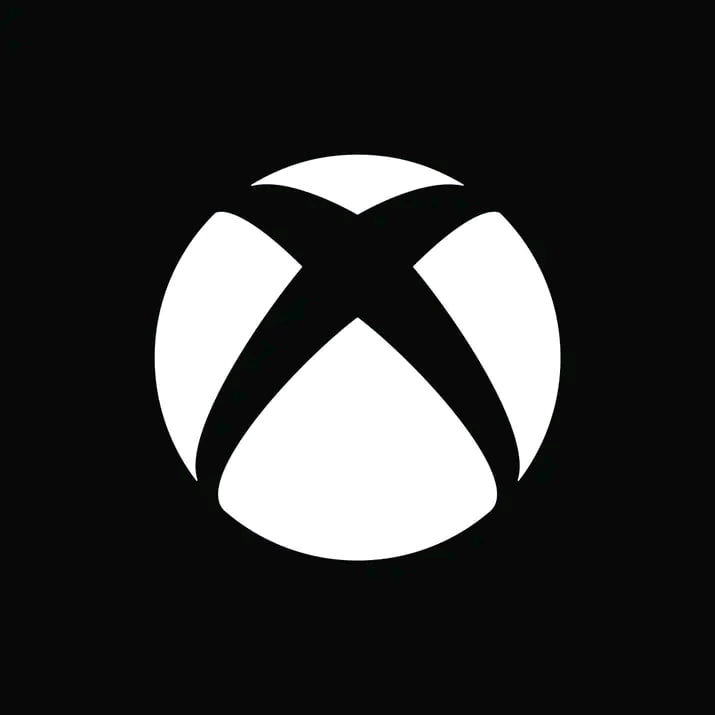What is Marketplace Insurance?

What is Marketplace Insurance – The Health Insurance Marketplace, also known as the health insurance exchange, is a service provided by the federal government to help individuals, families, and small businesses compare and enroll in health insurance plans.
It offers a range of benefits, including the ability to compare health insurance plans for coverage and affordability, enroll in or change a health insurance plan, find out about tax credits for private insurance or health programs like Medicaid, and get answers to questions about health care insurance.
The Marketplace operates during an annual Open Enrollment Period, which typically runs from November 1 through January 15, and outside this period, individuals can enroll or change plans only if they experience a qualifying life event or a change in income that makes them eligible for coverage.
The Marketplace also provides assistance to small businesses through the Small Business Health Options Program (SHOP) Marketplace. When applying for coverage through the Marketplace, individuals are required to provide income and household information to determine their eligibility for premium tax credits, savings on out-of-pocket costs, and coverage through Medicaid or the Children’s Health Insurance Program (CHIP).
Read: FB Dating App Free For Singles – 6 Features to Help Singles Find True Love
The Health Insurance Marketplace is a valuable resource for those seeking to obtain or change their health insurance coverage, and it plays a crucial role in providing access to affordable health care options for many Americans.
What Types of Health Insurance are Available through the Marketplace
The Health Insurance Marketplace offers a variety of health insurance plans to cater to different needs. These plans are designed to provide coverage for a range of services, including doctors’ services, inpatient care, pregnancy and newborn care, mental health and substance use disorder services, prescription drugs, rehabilitative and habilitative services, laboratory services, preventive and wellness services, and pediatric services. Some of the types of Marketplace health insurance plans include:
1. Exclusive Provider Organization (EPO): A managed care plan where services are covered only if you use doctors, specialists, or hospitals in the plan’s network (except in an emergency).
2. Health Maintenance Organization (HMO): A type of health insurance plan that usually limits coverage to care from doctors who work for or belong to the plan’s network. HMOs often provide integrated care and focus on prevention and wellness.
3. Point of Service (POS): A type of plan where you pay less if you use doctors, hospitals, and other health care providers that belong to the plan’s network. POS plans require you to get a referral from your primary care doctor in order to see a specialist.
4. High Option (HMO-POS): A plan that combines features of HMOs and PPOs, offering a larger network of providers while still encouraging the use of in-network providers for cost-sharing purposes.
5. Health Savings Account (HSA) Eligible Plans: Plans that qualify for HSA contributions, allowing you to set aside pre-tax dollars to pay for eligible medical expenses.
6. Bronze, Silver, Gold, and Platinum Plans: These plans are categorized based on their coverage and cost-sharing requirements. The higher the “metal” level, the more coverage and lower the out-of-pocket costs.
In addition to these plan types, some Marketplaces may also offer dental and vision coverage as part of their health insurance plans. It is essential to carefully review the specific plans available in your area to determine which one best meets your needs and preferences.
What is Marketplace Insurance Purpose
The purpose of marketplace insurance, also known as the health insurance exchange, is to create organized and competitive markets for buying health insurance. It offers a choice of different health plans, certifies participating plans, and provides information and assistance to help consumers understand their options.
Through the Marketplace, individuals and families can shop for coverage, and small businesses can buy coverage for their employees. Additionally, the Marketplace provides subsidies based on income to make coverage more affordable, and it helps people find out if they are eligible for coverage through Medicaid or the Children’s Health Insurance Program. Overall, the Health Insurance Marketplace plays a crucial role in providing access to affordable health care options for many Americans.
What is the Cost of Marketplace Insurance
The cost of marketplace insurance can vary based on several factors, including the insurance company, location, the specific plan and metal tier chosen, the number of people covered, age, smoking status, household income, and family size.
The average monthly premium for a bronze ACA health insurance plan is around $420 for a 40-year-old, with costs varying for different age groups. The Health Insurance Marketplace offers premium tax credits and cost-sharing subsidies based on household income, which can significantly reduce premiums and out-of-pocket costs for those eligible, particularly for individuals with household income at 400% of the federal poverty level or below.
The Health Insurance Marketplace Calculator provides estimates of health insurance premiums and subsidies based on factors such as age, income, and location. It’s important to note that the cost of health insurance in the ACA marketplace is tied to the cost of insurance in a specific area, and premium tax credits are linked to the local cost of insurance.
Therefore, the actual cost of marketplace insurance can be determined by using the Health Insurance Marketplace Calculator and applying through HealthCare.gov or the relevant state marketplace.
What Factors Affect the Cost of Marketplace Insurance
The cost of marketplace insurance is influenced by various factors, including:
1. Age: Older individuals can be charged up to three times more for premiums than younger people.
2. Geographic Location: The cost of health insurance varies by state and even within regions of a state due to factors such as the cost of living and healthcare services in the area.
3. Tobacco Use: Insurers can charge tobacco users up to 50% more than non-tobacco users.
4. Individual vs. Family Enrollment: The number of people covered under the plan affects the cost.
5. Type of Plan: The metal tier of the plan (bronze, silver, gold, or platinum) and the specific benefits and cost-sharing requirements of the plan influence the cost.
The availability of premium tax credits and cost-sharing subsidies based on household income can significantly impact the overall cost of marketplace insurance. It’s important to consider these factors when evaluating the cost of health insurance plans available through the Marketplace.







